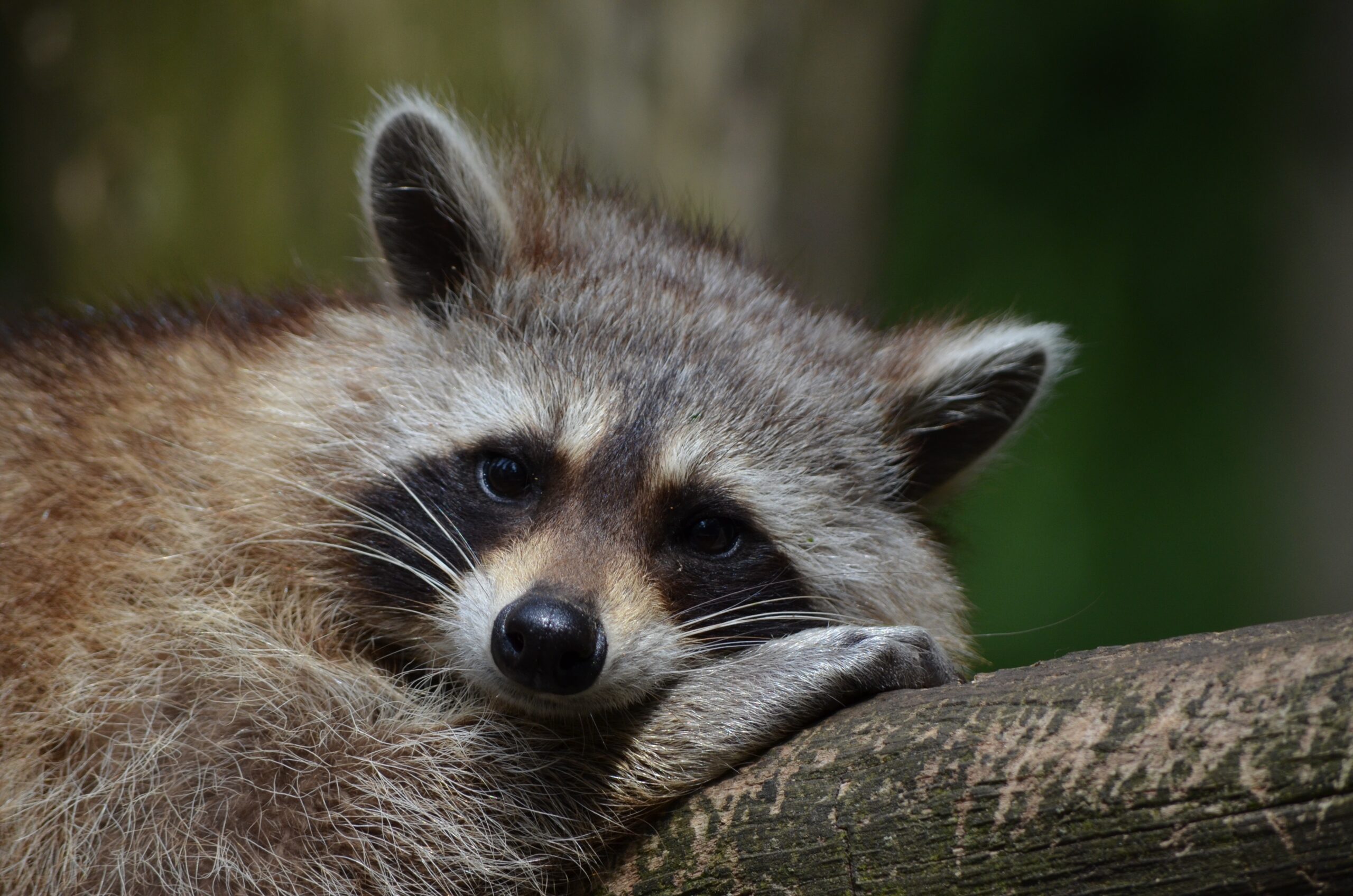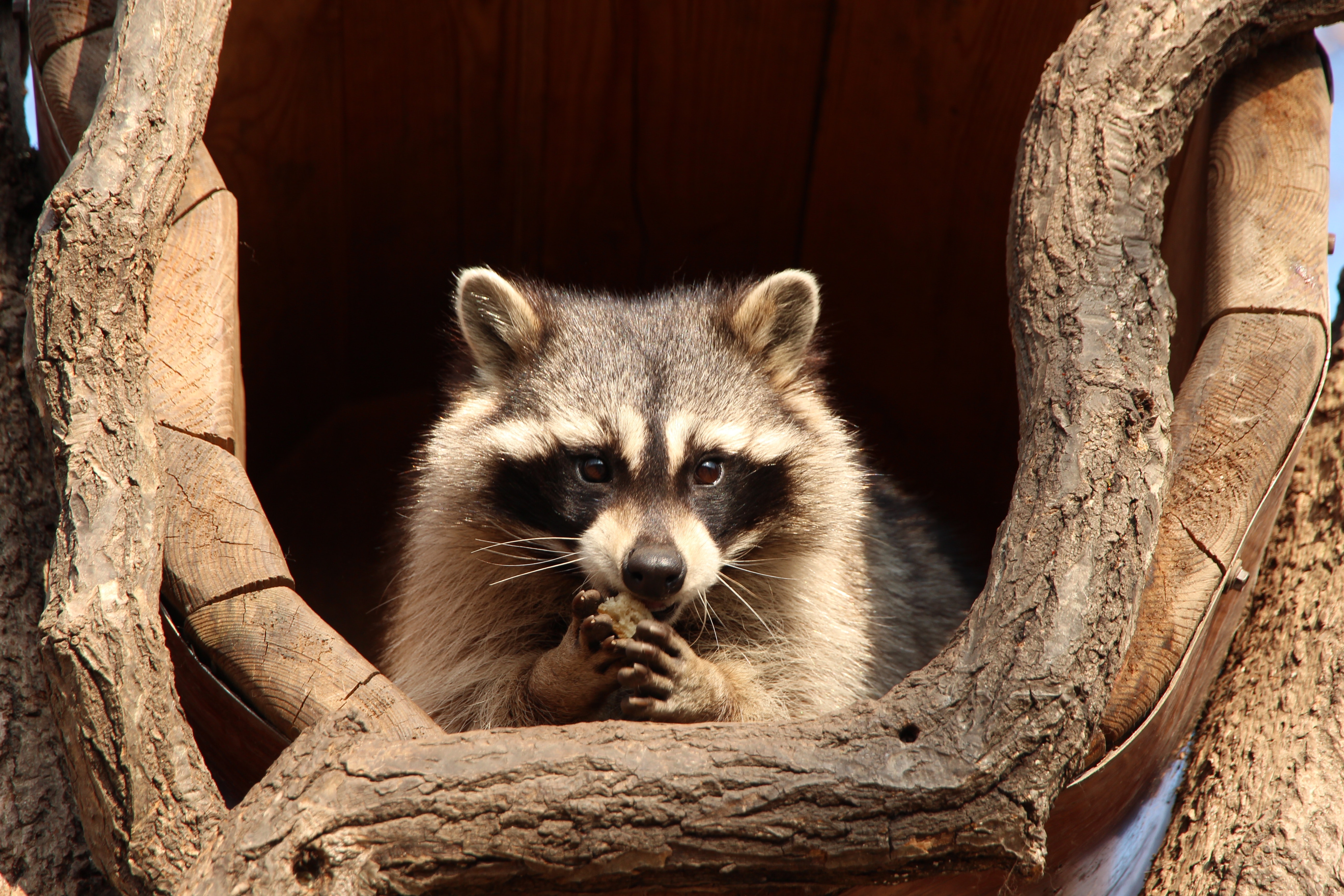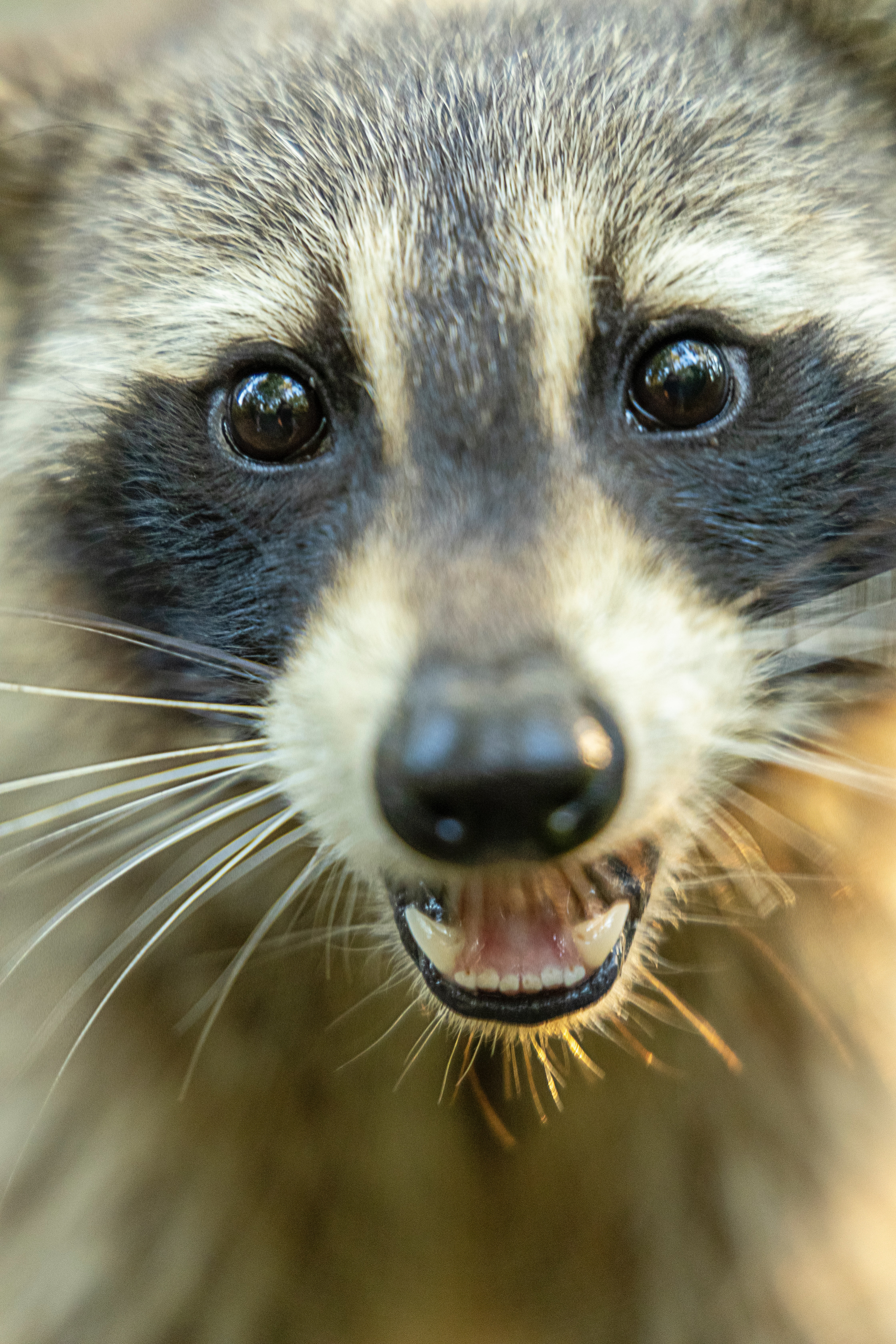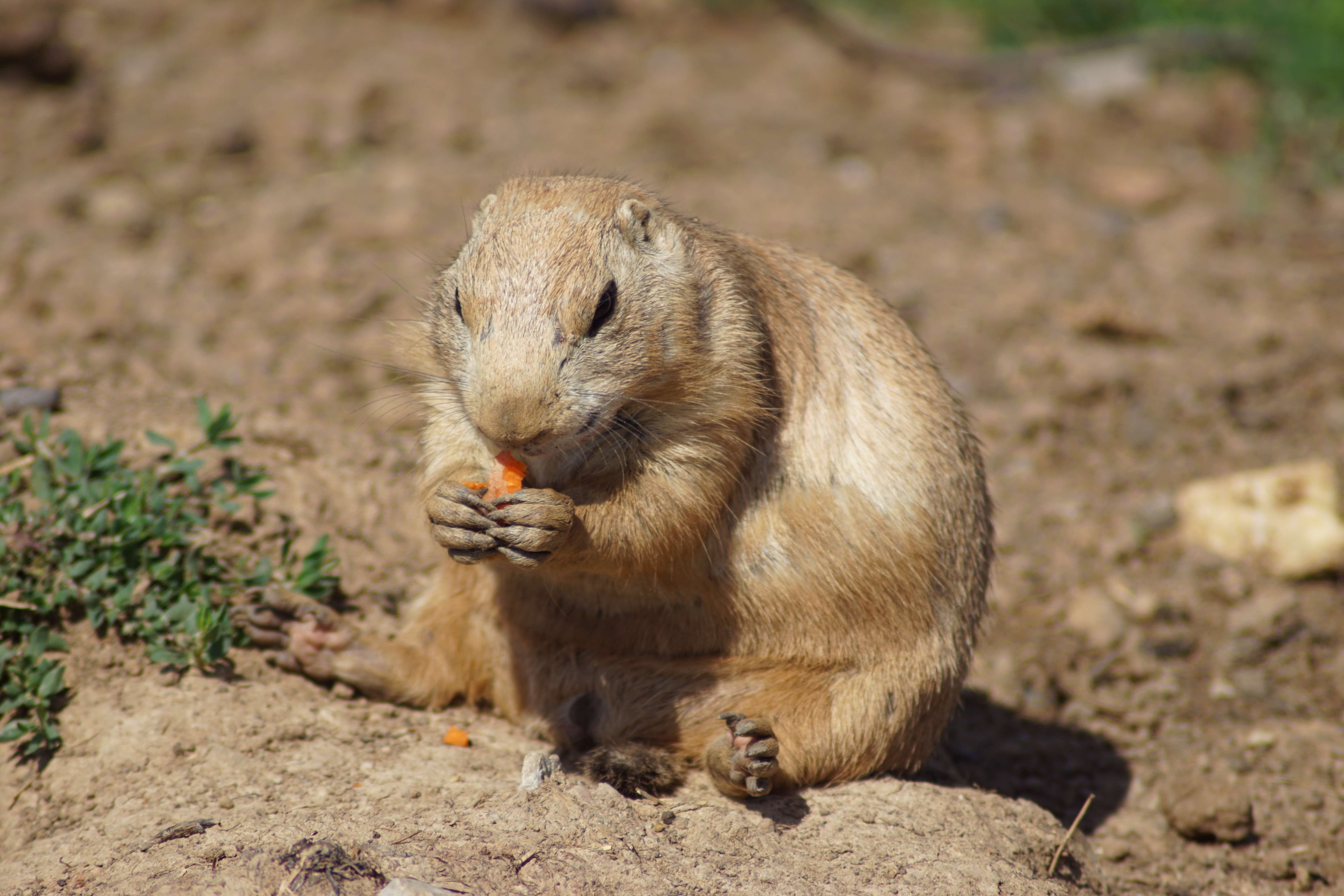Sex Life Of Animals Is Altered by Climate Change: Why We Need To Worry Too!
What’s this about


It used to be that climate change and sex do not belong in the same sentence. But I have noticed for the past decade scientists and experts have been putting the two together. This is because the global change in temperature is becoming obvious and real. And, also, sexual activity is still the normal way of reproducing for most living species, including humans. Science now sees some signs the former is affecting the latter.
As with most studies and experiments, scientists and experts first observe the lives of the animals. This is because we humans are closely interconnected with the rest of the living organisms in nature. So, we are reminded that we keep an eye on what is happening in nature. Any change in sexual behaviors in animals might be happening in humans too.
Squirrels are showing us
A recent study on the effects of global warming in animals is highlighted in the surprising behaviors of a species so familiar in many parts of the world. There are over 200 species of squirrels scattered around the globe. So, this kind of study should be easier for an ordinary person like me to follow, and hopefully understand. All I need to do is look out the window or take a short walk in the park or woods. Especially at this time of year, they are very active out in the open.
However, before I discuss the sex life of squirrels any further, there is another phenomenon that involves the changing of climate temperature and one other common species. Raccoons, or the “masked bandit”, are another ubiquitous critters especially in North America.
The masked bandit

Raccoons are one of those very common animals that look so cute and cuddly. The others are skunks, porcupines, and of course squirrels. But they are better meant to be appreciated or adored from a great distance.
Now, scientists and experts are noticing that with the rise in temperature, raccoons are becoming more and more common in many parts of the world. Since they are omnivores – they eat plants and smaller animals – there is a worry that they might create havoc in the existing ecosystems where they are not native species.
They are everywhere!

If you live in Canada and the US, you experience firsthand how annoying these creatures are. Especially nowadays, that they have adapted so well in urban areas, like the big cities where trash foods are abundant.
Not only are they advancing further north because of global warming. They tend to be prolific reproducers when the temperature is right. And with very few predators around, this kind of development should cause alarm in humans.
Japan is paying the price
For example, in Japan their population had a romantic beginning. In the 1970’s an animated television series titled Rascal the Raccoon became hugely popular. The story revolved around a boy who rescued a raccoon and made it a house pet.
This anime’s immense popularity led to a surge in Japanese peoples’ fascination of the cute animal that there was an increased demand in importation of up to 1,500 raccoons a month.
The Rascal became a rascal

However, as reality reflects fiction, the relationship between humans and the animal took a very bad turn. In the tv series, the boy and his family found out that raccoons could not be domesticated, and a very unruly pet. The series ended with Rascal being released into the wild. In the real world, the Japanese people started to see the devastation brought about by the population explosion of raccoons. Soon importation was strictly banned.
But it was too late. Since 2008, raccoons have been wreaking havoc in all 47 prefectures in the country. Centuries-old infrastructures like temples are damaged, and agricultural sectors are suffering heavy losses. Now a despised pest, the government is spending a ton of money trying to fully eradicate its population, killing thousands each year. But the critters are very resilient, their population continues to grow up to this day.
It should not have happened
The Japan experience with raccoons is a cautionary tale. Japan should have learned from the German experience. Raccoons were first introduced into that country in the 1930’s. And that experience ended badly. From there, the invasion went westward to Spain, down south to Italy, and east into Poland. It is now alarmingly spreading throughout much of Europe, Central and East Asia, the Caribbean, and of course most of North America.
We should listen to experts
Scientists and experts are a bunch of very cautious people. It is because things need to be based on data and evidence before they open their mouth in public. And when they do, the world better listen to them. Because this means, the situation is already very dire.
This phenomenon is worrisome enough that its study is recently published in Scientific Reports. “This species is able to cope with a high diversity of environmental and bioclimatic conditions,” according to Vivien Louppe at the French National Museum of Natural History in Paris. “The ecosystems in these areas are peculiar and fragile.”
These critters can “completely upend whatever delicate balance is already there”, according to Suzanne MacDonald, an animal behavior expert at York University in Toronto, and a National Geographic Society explorer. “They eat everything – small invertebrates, frogs, bird eggs, birds, small mammals, everything.”
I experience it first hand

I can personally relate to what these experts are saying. To be fair, though, raccoons are not that wildly aggressive, and they also have some good contributions to the environment. But they can be rumbunctious gangs of, yes, masked bandits. Whether I am out camping in the woods, or out night fishing, they do not fail to scare the heavens out of me. They are so sneaky, and when you shoo them away, they just amble and take their time. As if to say “I am really not that afraid of you. I just do not want any trouble. So just chill out.”
Phenology is the study of periodic events in biological life cycles and how these are influenced by seasonal and interannual variations in climate, as well as habitat factors. (Wikipedia)
While raccoons are the bell-weather of a warming planet, some animal species are experiencing the opposite trend. One of them is the squirrels.
Sex life of squirrels
Squirrels, like bears, hibernate during winter. They wake up and come out of their hiding place in Spring. Now, there is a big difference between the males and females as to when exactly they are supposed to get active.
Boys are boys
Males wake up and go out first, weeks before the females. They have that “inner alarm clock”, or what scientists call endogenous or hormonal shifts. To prepare for the coming out of the females, male squirrels spend time grooming up, choosing their territory, picking up the spot where food is abundant. And right before the females appear, the male’s reproductive system starts to wake up too. Just in time for the busiest period in Spring. Sex orgies.
Girls just wanna have fun
Meanwhile, females take their cue from the temperature outside. When it is warm enough, it is time to wake up and go out. Scientists call this “exogenous cue.” And the first thing they do is to hunt for the ideal males. Happy times begin.
But in recent times this normal occurrence has been changing.
Manitoban squirrels

Take for example the discovery of what has been happening to ground squirrels in the Canadian province of Manitoba. It was 2012, when a “freak heat wave” hit in the spring.
So, what happened was, the females took the warm temperature as the cue. They woke up and went out and started chasing the males. But it was too early for the boys, their reproductive tools were not ready yet. “The girls caught the guys unprepared,” says Dr. Jane Waterman, a biologist at University of Manitoba who is an expert on ground-dwelling squirrels.
Hell has no fury like a woman scorned
Of course, the boys never rejected the advances of the sex-starved girls. It would mean war. So, happy times did begin with frenzy. But the boys “were shooting blanks!” Dr. Waterman later discovered. “There was no sperm in so many of the animals.” More than half of males “had non-motile sperm – their swimmers didn’t swim.” Scientists like Dr. Waterman believe this bizarre occurrence is due to the unusual and rare rise in temperature that spring.
The good thing about squirrels is that what humans would consider morally incorrect, may be their best tool to counter the devastating effect of more male squirrels shooting blanks!
For squirrels, a sin can be a virtue
For one, by nature, female squirrels are not monogamous. Humans call this promiscuous behavior. In fact, their litter is sired by different fathers. For example, if one female gives birth to 8 litters, there is no way of telling who among the males with whom the mother had mated was the father of which among the eight.
Shooting with blanks is not good. Female squirrels giving birth to litters fathered by different males is probably good for their evolution. It is a way of avoiding in-breeding in the colony. So, in case the female mated with 5 males, and only one of them has successfully shot with a loaded weapon, that means all the litters came from just one gene. And it is not good for their species.
One last thing the scientists have observed:
“Warmer climates seem to have a tendency to make animals less faithful.”
This unusual discovery is the best example of what scientists call “phenological mismatch”. It refers to the altered relationship between animals and their environment. Climate change is a huge factor.
Worrying trends happening for more than a decade now
For example, there are some shorebirds travelling for thousands of miles from the tip of South America back to the arctic. They time their journey during the period when food is abundant along the route. But due to climate change, the source of this food may not be found. Their number will be decimated as a result.
Similar events are happening like that of the monarch butterflies, which make their annual journey between the northernmost part of Canada and the forests in Mexico.
Or that of the reptiles like crocodiles and turtles, where temperature dictates the sex of their offspring.
Beavers, a Canadian icon, get active too soon.
The examples are endless
So what has this got to do with us humans?
Well, for a start, our most basic needs are air and food (and water, of course). Climate change affects the atmosphere. Animal behaviors are closely related to our sources of food. Flowers and fruits depend on pollinators. Farms and gardens benefit from different contributions brought about by all kinds of animal species. Anything that alters this balance threatens the welfare of the human species.
One very important phenomenon
One last item regarding the effect of the rise in temperature due to climate change on humans.
There is an ongoing study that focuses on one observation; that during extreme heat summers, birth rates go down nine months later. There are already studies that have shown that heat can affect both the ovulation cycle of women as well as sperm motility of men.
See, it looks like we are not that different from squirrels after all, are we?
One more from an expert
Let me end this piece with a humorous take from Dr. Fatin Willendrup, on the question of how heat affects men’s sperm motility. This information is taken from the ExSeed website.
“Ever wondered why your testicles hang low outside of your body”, she asks. “And have the ability to hang lower when too warm and retreat back up when things get chilly? …The tissue surrounding the testicles (the blood vessels, fat, skin) also regulates the temperature in the scrotal sack to keep your swimmers happy.”
So, what do men need to do to make sure their swimmers stay happy during the hot environment? Dr. Willendrup says “keeping your balls cool!” is very crucial to lessen the effect of hot temperature on a man’s fertility.
Dr. Willendrup cites some studies that show certain occupations greatly aggravate this risk against men’s fertility. This spans from bakers to long-haul drivers, welders to outdoors construction workers, and the likes. “…guys who were exposed to high temperatures and sat for more than six hours during their workday showed increased sperm DNA damage.”
Don’t you think we should thank the ground squirrels in Manitoba for this added insight?
Please share your thoughts by clicking on the underlined Let Me Know Your Thoughts below.

